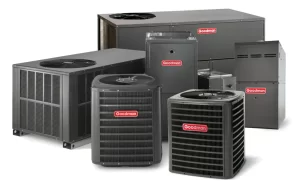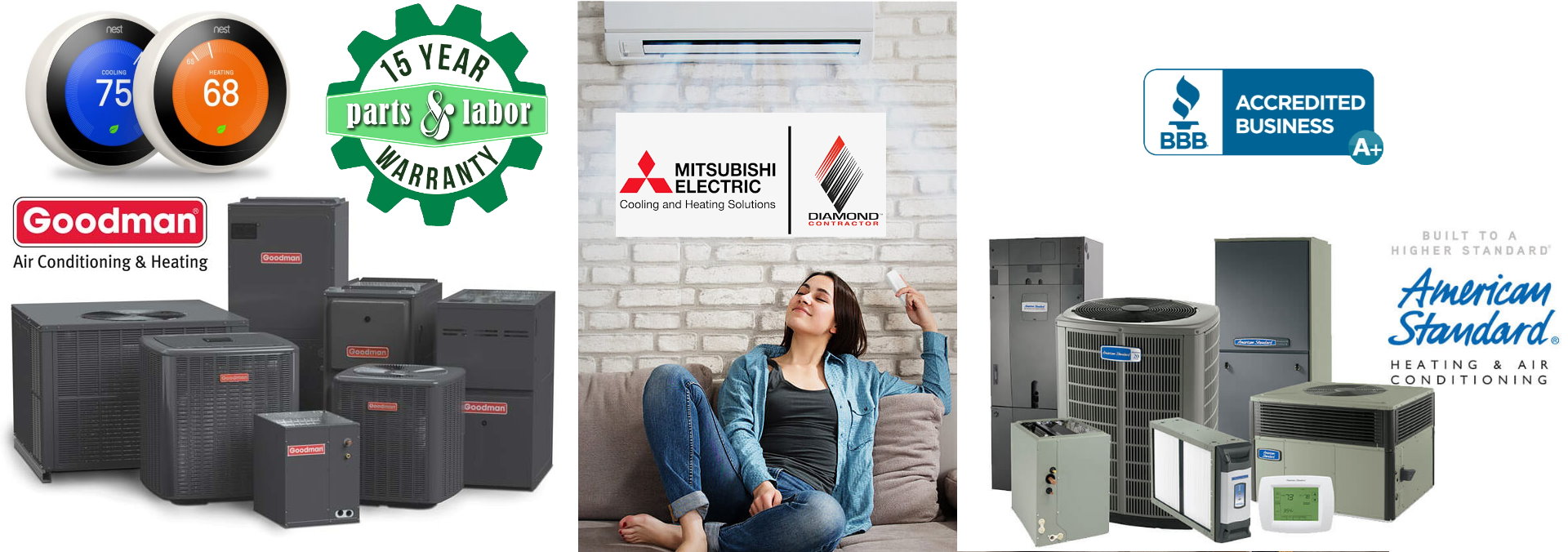What You Need To Know Before Installing a Sears HVAC
Installing a new HVAC system in your home can be a daunting task, but with the right preparation and knowledge it doesn’t have to be. If you are considering installing a Sears HVAC system, then there are some important factors to consider before getting started. This article will provide an overview of what type of HVAC system is best for your home and budget, what tools you need for installation, how to troubleshoot common issues that may arise during installation, as well as tips and tricks on how to make the process go more smoothly and safely. With this information in hand, you can start planning your project with confidence!

The first step in planning your installation is to determine what type of HVAC system is best for your home. Sears offers a variety of different options, including central air systems, heat pumps, and furnaces. Each type has its own advantages and disadvantages so it’s important to research each option thoroughly before making a decision. Additionally, you should consider the size of your home when deciding what type of HVAC system will work best in your space – larger homes require larger systems while smaller spaces can get away with more compact models.
Once you have decided on an appropriate HVAC system, the next step is to make sure you have all the necessary tools for installation. You will need basic hand tools such as wrenches, screwdrivers, and pliers, as well as a multimeter to test wires and connections. Additionally, you may need additional tools depending on the type of installation being done – for instance, installing a central air system will require an air compressor.
The last step before beginning your installation is to familiarize yourself with common issues that may arise during the process. These could include problems with wiring connections not matching up properly or ducting obstructions blocking airflow into certain rooms. Fortunately, Sears provides detailed instructions and troubleshooting guidelines that should help you navigate any issues that arise during the installation process. It’s also helpful to have a professional inspect your work after you complete each stage of the project in order to ensure everything is functioning correctly.
Finally, there are some tips and tricks that can make the installation process go more smoothly. For instance, it’s important to read all instructions thoroughly before beginning and double-check connections as you go along to ensure everything is hooked up properly. Additionally, take care to use proper safety equipment when handling heavy tools or moving components of the system – this will help protect both you and your HVAC system from any unnecessary damage.
Installing a Sears HVAC system doesn’t have to be a challenging task if you come prepared with the right information and tools. Make sure you research which type of HVAC system is best for your home, gather all necessary tools for installation, familiarize yourself with potential issues that may arise, and follow tips and tricks for a smoother installation process. With this knowledge in hand, you can start planning your project with confidence!
https://www.google.com/maps?cid=14091221535020656886
844 Founders Rd, Lexington, SC 29073
(803) 920-3771
https://callaaatoday.com/

